SOW Framework for Effective Facilities Management Contracts
Facilities management (FM) is so much more than a back-office necessity; it's an operational continuity and cost-saving strategic enabler.
SOW is the Backbone of Every Facilities Management Agreement
 World demand substantiates the fact that the facility management industry will reach almost USD 2.38 trillion by 2034 and will grow steadily as companies continue to outsource building operations, maintenance, and compliance.
World demand substantiates the fact that the facility management industry will reach almost USD 2.38 trillion by 2034 and will grow steadily as companies continue to outsource building operations, maintenance, and compliance.
Source: Precedence Research
With such a scale, every facility maintenance contract becomes a high-stakes document, influencing cost control, service quality, and risk management.
At the center of this lies the Scope of Work (SOW).
It defines exactly what services are included, how they will be delivered, and what falls outside the provider’s responsibility.
In this blog, we’ll break down how to design a clear and enforceable Scope of Work, covering inclusions, exclusions, contracting models, and accountability mechanisms.
Key Takeaways
- A Scope of Work (SOW) is the core of any facilities management contract, outlining inclusions, exclusions, and deliverables.
- Incomplete or ambiguous SOWs lead to disputes, concealed costs, and gaps in compliance.
- Effective SOWs need to outline hard vs soft FM services, frequency of service, and rules of emergency response.
- Clear exclusions safeguard businesses against scope creep and surprise liabilities.
- Responsibility demands transparent KPIs, SLAs, and documented processes for all services provided.
- Microsoft 365-enabled solutions can enhance transparency, version management, and compliance throughout facility maintenance contracts.
Structuring FM Service Scope
At the center of any facilities management contract is one unyielding fact: unless the Scope of Work (SOW) specifically outlines services, deliverables, and expectations, the whole deal remains open to interpretation.
This is where many facility maintenance contracts falter by expecting "common understanding" to be good enough.
In reality, ambiguity will virtually always generate disputes, cost overruns, and missed performance standards.
A clearly defined SOW prevents that uncertainty by putting in writing precisely what is to be accomplished, how it is to be accomplished, and to what standards.
 Defining services begins with categorization. Facilities management generally encompasses three delivery models:
Defining services begins with categorization. Facilities management generally encompasses three delivery models:
Hard FM Services: These include the physical and technical structure of a building, such as mechanical and electrical services, HVAC equipment, plumbing, elevators, and fire safety systems.
Due to these services having a direct impact on health, safety, and regulatory compliance, they have to be given high priority and a detailed description.
Soft FM Services: These address the building's environment and inhabitants, including cleaning, security, catering, grounds maintenance, and refuse disposal.
Though they are not infrastructure-based, they directly impact staff satisfaction, company reputation, and regulatory compliance.
Total or Integrated FM: Most companies today group both hard and soft services with a single contractor.
Economies of scale are possible through this method, but require an even more accurate SOW to allow smooth delivery across various categories of services.
After defining service categories, the agreement should detail execution specifics.
This involves differentiation between proactive services (e.g., preventive maintenance on HVAC units or planned checking of fire alarms) and reactive services (e.g., emergency callouts for faulty plumbing).
The SOW not only needs to define what the provider needs to provide, but also includes frequency, response times, escalation steps, and costs for non-standard requests.
For example, a well-structured HVAC contract within the broader facilities management agreement ensures that preventive maintenance, emergency callouts, and compliance inspections are clearly documented, reducing unexpected downtime and safeguarding operational continuity.
Just as important are deliverables and quality requirements.
In addition to the actual services, the provider may need to provide reports, inspection logs, compliance certificates, and performance data.
These outputs are evidence that services were provided to specification and offer the documentation required for audits, regulatory inspections, or internal audit reviews.
What's Not Covered in Your FM Agreement
 Where the Scope of Work (SOW) determines what a facilities management contract does, the exclusions determine what it does not.
Where the Scope of Work (SOW) determines what a facilities management contract does, the exclusions determine what it does not.
This firewall is equally necessary to the inclusions because uncertainty regarding responsibilities frequently lies at the heart of disputes, covert costs, and strained client/provider relationships.
A well-crafted facilities management contract leaves nothing open to interpretation, so both parties know precisely where the line is drawn.
Making Exclusions Ample and Clear
A good FM contract specifies not just what is to be provided but what is specifically not included.
For instance, it might include planned HVAC maintenance but not system replacements; or cleaning on a regular basis but not the sorts of deep restoration activity.
By putting exclusions in writing in black and white, organizations shield themselves against scope creep and unbudgeted spend; providers protect themselves against unreal expectations.
Work Types: Proactive vs. Reactive
Distinguishing Work Types is possibly the most useful way to divide inclusions and exclusions.
Predictable, as-needed services like HVAC checks, security guard patrols, or daily janitorial are expected and can be planned for in the SOW.
Reactive services such as fixing a burst pipe, painting a façade, or emergency extermination are less likely to be within the ordinary course of work.
Declaring this upfront enables firms to anticipate contingencies without questioning accountability when problems arise.
Choosing the Right Contracting Framework
The contracting approach is a key element in handling scope limits. Two common models are:
Master Agreement Approach: It's an adaptable structure that supports changing requirements.
If the full scope cannot be anticipated, the master agreement facilitates the rapid release of work orders for new or unforeseen services.
It's best for long-term FM arrangements where the scope can change over time.
Stand-Alone Agreement Method: More formal but accurate, this is an option better suited to single-off or specified projects.
If the scope and deliverables are specified, a stand-alone agreement will keep both parties on the same page and minimize the risk of arguments.
Change Control in FM Contracts
 In order to stay current, the SOW should also be flexible enough to change without sacrificing responsibility.
In order to stay current, the SOW should also be flexible enough to change without sacrificing responsibility.
That is where a structured process of change management comes in.
All facilities management contracts should contain clauses for the adjustment of scope as new needs arise.
An adequately detailed Change Request process specifies the effects on costs, service levels, and schedules, so that changes are transparent and agreed upon by both parties.
Legal compliance is also an essential area.
Providers must comply with all the health, safety, and regulatory requirements that pertain to them, whether or not they are itemized in the agreement.
Most contracts include provisions for providers to deliver services "necessary or required" to allow facilities to function safely and appropriately.
Such a provision is a safety net to avoid any gaps in service provision.
By incorporating structured change controls and compliance accountability in the SOW, organizations are able to ensure that their facilities management contracts are resilient, enforceable, and compliant with changing business requirements.
Keeping FM Contracts Accountable
Accountability turns an FM contract into a set of promises that becomes the driver of measurable outcomes.
Contemporary facilities management contracts are required to provide performance monitoring through set Key Performance Indicators (KPIs) and Service Level Agreements (SLAs).
These metrics are more than operational tick boxes; they measure quality of service, response times, and compliance.
By linking these metrics to the SOW, companies can guarantee that the provider delivers to agreed standards, not guesswork.
Technology increasingly becomes a key to implementing SOW responsibility.
Specialized facilities or contract management software allow real-time monitoring of service performance, maintenance schedules, and deadlines for compliance.
It provides for every action, either a technician initiating a safety checklist signature off, uploading site photographs, or closing out a work order, being recorded as audit-ready evidence.
This electronic paper trail is priceless for compliance audits, vendor performance reviews, and resolving disputes.
Of equal value is proper documentation. Without standardized workflows, organizations can lose service logs fragmented over emails, spreadsheets, or paper records.
Microsoft 365 for FM Contracts
 Efficient management of a facilities management contract involves more than clean SOWs; it involves a digital environment that provides transparency, accountability, and compliance.
Efficient management of a facilities management contract involves more than clean SOWs; it involves a digital environment that provides transparency, accountability, and compliance.
Microsoft 365 offers a perfect platform for making this happen, with known tools such as SharePoint, Teams, and Power BI available to unify FM contract workflows.
A consolidated SharePoint repository enables all SOWs, amendments, and deliverables to be kept in a secure, version-controlled store.
This does away with the possibility of missing documents, disconnected data, or record duplication.
Integration with Teams provides for seamless collaboration between finance, legal, and facilities departments, keeping all stakeholders in sync with contract execution.
Executives are able to track vendor performance, monitor delivery of services versus SLAs, and plan budgetary effects with actionable insights.
Organizations are able to automate recurring notifications, renewal reminders, inspection schedules, or change requests using Microsoft 365, minimizing manual attention and reducing human error.
The integration elevates FM contract management from a reactive, paper-based process into a proactive, streamlined one, where all SOW obligations are fulfilled while protecting financial and legal outcomes.
Contract Oversight and Next Steps
A clearly articulated facilities management contract is greater than a technical requirement; it is the cornerstone of efficiency in operations, risk management, and fiscal transparency.
Through defining the Scope of Work, defining required inclusions and deliverables, and succinctly summarizing exclusions, organizations create an environment that eliminates misinterpretation, omitted responsibilities, and expensive conflicts.
Monitoring performance via KPIs, SLAs, and detailed documentation ensures accountability, with technology-based solutions offering real-time insight into the delivery of services, contractual commitments, and regulatory requirements.
Dock 365's Contract Management Solution on Microsoft 365 enables organizations to consolidate FM contracts, automate compliance notifications, and streamline SOW handling.
By combining contract information with the familiar applications of SharePoint, Outlook, and Teams, CFOs and facilities departments obtain actionable insights, automate approvals, and impose accountability on all service contracts.
Schedule a free Dock 365 demo today and transform your facilities management contracts into value-generating, predictable assets.
Like our content? Subscribe to our newsletter on LinkedIn for more insights and updates.
Book a Live demo
Schedule a live demo of Dock 365's Contract Management Software instantly.

Written by Jithin Prem


